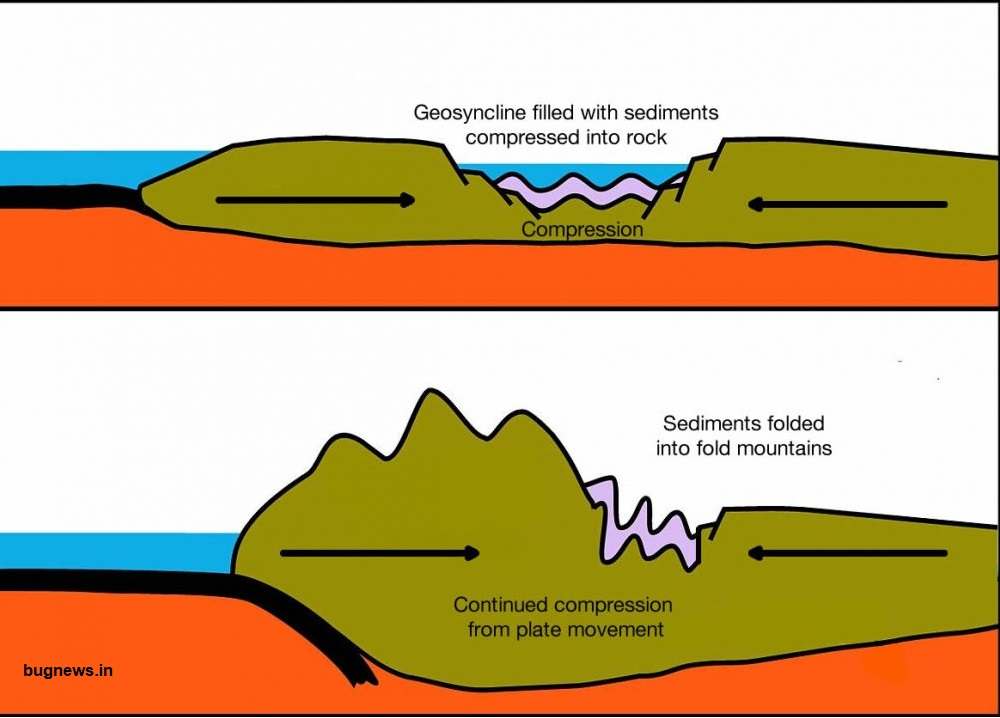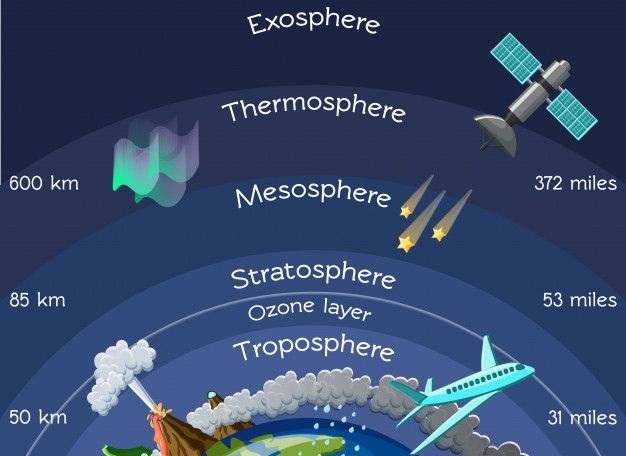A large-scale international research project, the “Deep Underground Neutrino Experiment” (DUNE) aims to study neutrinos, elusive subatomic particles that have very little mass and no electric charge.
The experiment seeks to answer fundamental questions about the nature of neutrinos, their characteristics and their role in the evolution of the world.
Article Powered by TOPICFLIX
To shield it from cosmic radiation and other background signals, the DUNE project involves building a neutrino detector located deep underground. The detector is under construction at the Sanford Underground Research Facility (SURF) in Lead, South Dakota in the United States.
DUNE will use a powerful neutrino created at the Laboratoire National Deaccelerator (Fermilab) located in Batavia, Illinois, about 1,300 km from the measuring instrument. Neutrino beams would be sent through Earth, and some neutrinos would interact with the detector, providing scientists with valuable data.
Key objectives of the Dune Experience include:
- Investigate the oscillations of neutrinos: neutrinos puente changer or oscillator between different types (goûts) or qui’ils voyent dans l’space. DUNE wants to study these oscillations, in order to better understand the characteristics and behavior of neutrinos.
- Measuring CP violation in neutrinos: CP violation is a phenomenon that describes subtle differences in the behavior of particles and antiparticles. DUNE seeks to determine whether CP violation occurs in the neutrino zone by probing the oscillations of neutrinos. This may help explain why the universe is primarily composed of matter rather than antimatter.
- Supernova neutrino detection: DUNE is designed to observe neutrinos emitted during nearby supernova explosions, providing valuable information on the physics of these cataclysmic events.
The DUNE experiment is one of the largest international scientific efforts in neutrino research, with a collaboration of scientists and researchers from more than 30 countries.
Although the exact number of people involved in DUNE may change over time as the project progresses and new collaborations are created, by the September 2021 deadline, no more than a thousand scientists and engineers from these countries participate in the project.
United States, United Kingdom, Brazil, India, Italy, Japan and Switzerland are some of the major contributing countries. International collaboration guarantees a wide variety of expertise and resources to round out the experience and analyze the data.
The project is expected to begin collecting data in the 2020s and continue for many years, furthering our understanding of neutrinos and their role in the universe.

About the Author
Manish love to write and he is a Civil Servant. Users can follow Manish on Instagram 
करेंसी स्वैप अरेंजमेंट (Currency Swap Arrangement) ?
करेंसी स्वैप अरेंजमेंट (currency swap arrangement) शब्द का अर्थ है मुद्रा की अदला बदली या…
वलित पर्वत (Fold Mountains) [UPSC GK]
वलित पर्वत (Fold Mountains) सबसे सामान्य प्रकार के पर्वत हैं। विश्व की सबसे बड़ी पर्वत…
1991 का भुगतान संतुलन का संकट [Balance of Payment Crisis]
1991 का भुगतान संतुलन का संकट (Balance of Payment Crisis) भारत के लिए एक बड़ा…
What is The Kármán Line ?
The Kármán Line, located 100 kilometers above sea level, serves as an imaginary boundary between…
आमिर खुसरो [Amir Khusrau]
आमिर खुसरो (Amir Khusrau) मध्यकालीन भारत में एक ऐसे विशेष व्यक्तितव है जो अपनी शानदार…
आईयूसीएन (अंतर्राष्ट्रीय प्रकृति संरक्षण संघ) [IUCN kya hai] -UPSC-GK [hindi]
आईयूसीएन (अंतर्राष्ट्रीय प्रकृति संरक्षण संघ-IUCN) एक अंतरराष्ट्रीय संगठन है जो संधारणीय विकास के लिए काम…





